Design and Implementation of an IoT-Oriented Strain Smart Sensor with Exploratory Capabilities on Energy Harvesting and Magnetorheological Elastomer Transducers
Abstract
1. Introduction
2. Related Work
3. Materials and Methods
3.1. Design and Manufacturing
3.1.1. Transducer: Magnetorheological Elastomer (MRE)
3.1.2. Central Processing Unit (CPU)
3.1.3. Wireless-Communication Module and Setup
3.1.4. Dashboard—Cloud Computing
3.1.5. Energy-Harvesting System
3.1.6. Complete Prototype
4. Validation Tests
4.1. Magnetorheological Elastomer
4.2. Energy Harvesting—Preliminary Tests
4.3. Datalogging Tests—Information in the Cloud
5. Results
5.1. Tensile and Compression Results
5.2. Energy Harvesting—Powering Up Smart Sensor
5.3. Dashboard—Towards an IoT approach
6. Discussion
7. Conclusions and Future Work
Author Contributions
Funding
Acknowledgments
Conflicts of Interest
References
- Alciatore, D.G.; Histand, M.B. Sensors. In Mechatronics and Measurement Systems; McGraw-Hill: New York, NY, USA, 2007; pp. 354–361. [Google Scholar]
- Doebelin, E.O. Force, Torque, and Shaft Power Measurement. In Measurement Systems: Application and Design; McGraw-Hill Education: London, UK, 2003; pp. 446–451. [Google Scholar]
- Perales-Martínez, I.A.; Palacios-Pineda, L.M.; Lozano-Sánchez, L.M.; Martínez-Romero, O.; Puente-Cordova, J.G.; Elías-Zúñiga, A. Enhancement of a magnetorheological PDMS elastomer with carbonyl iron particles. Polym. Test. 2017, 57, 78–86. [Google Scholar] [CrossRef]
- Li, W.H.; Zhang, X.Z.; Du, H. Magnetorheological elastomers and their applications. In Advances in Elastomers I: Blends and Interpenetrating Networks; Visakh, P.M., Thomas, S., Chandra, A.K., Mathew, A.P., Eds.; Springer: Berlin, Germany, 2013; pp. 357–374. [Google Scholar]
- Liu, T.; Xu, Y. Magnetorheological Elastomers: Materials and Applications. In Smart and Functional Soft Materials; Dong, X., Ed.; IntechOpen: Berlin, Germany, 2019; pp. 3–23. [Google Scholar]
- Kumbhar, S.R.; Maji, S.; Kumar, B. Dynamic mechanical analysis of Magnetorheological Elastomer. In Proceedings of the 2013 International Conference on Energy Efficient Technologies for Sustainability, Nagercoil, India, 10–12 April 2013; pp. 870–873. [Google Scholar]
- Li, Y.; Li, J.; Li, W.; Du, H. A state-of-the-art review on magnetorheological elastomer devices. Smart Mater. Struct. 2014, 23, 1–24. [Google Scholar] [CrossRef]
- Beeby, S.P.; Tudor, M.J.; White, N.M. Energy harvesting vibration sources for microsystems applications. Meas. Sci. Technol. 2006, 17, 1455–1556. [Google Scholar] [CrossRef]
- Nayan, H. Power generation using piezoelectric material. J. Mater. Sci. Eng. 2015, 4, 1–4. [Google Scholar]
- Lopes, C.M.A.; Gallo, C.A. A review of piezoelectrical energy harvesting and applications. In Proceedings of the 2014 IEEE 23rd International Symposium on Industrial Electronics (ISIE), Istanbul, Turkey, 1–4 June 2014; pp. 1284–1288. [Google Scholar]
- Zheng, J.C.; Ruan, T.; Zhu, M.; Marise Bafleur, M.; Dilhac, J.-M. Single Piezoelectric Transducer as Strain Sensor and Energy Harvester Using Time-Multiplexing Operation. IEEE Trans. Ind. Electr. 2017, 64, 9646–9656. [Google Scholar]
- Shirvanimoghaddam, M.; Shirvanimoghaddam, K.; Abolhasani, M.M.; Farhangi, M.; Barsari, V.Z.; Liu, H.; Dohler, M.; Naebe, M. Towards a Green and Self-Powered Internet of Things Using Piezoelectric Energy Harvesting. IEEE Access 2019, 7, 94533–94556. [Google Scholar] [CrossRef]
- Mo, C.; Davidson, J. Energy harvesting technologies for structural health monitoring applications. In Proceedings of the 2013 1st IEEE Conference on Technologies for Sustainability (SusTech), Portland, OR, USA, 1–2 August 2013; pp. 192–198. [Google Scholar]
- Dahkar, L. Overview of Energy Harvesting Technologies. In Triboelectric Devices for Power Generation and Self-Powered Sensing Applications; Springer: Singapore, 2017; pp. 9–34. [Google Scholar]
- Silva, A.F.; Mendes, P.M.; Correia, J.H.; Goncalves, F.; Ferreira, L.A.; Araujo, F.M. Inner car smart flooring for monitoring chassis deformation. In Proceedings of the IEEE Sensors, Christchurch, New Zealand, 25–28 October 2009; pp. 1584–1587. [Google Scholar]
- Perelli, A.; Caione, C.; De Marchi, L.; Brunelli, D.; Marzani, A.; Benini, L. Design of an ultra-low power device for aircraft structural health monitoring. In Proceedings of the 2013 Design, Automation & Test in Europe Conference & Exhibition (DATE), Grenoble, France, 18–22 March 2013; pp. 1127–1130. [Google Scholar]
- Liu, F.; Xiao, L.; Peng, J.; Yang, X. Visual monitoring research of airfoil structural based on virtual test technology. In Proceedings of the 2015 IEEE International Conference on Mechatronics and Automation (ICMA), Beijing, China, 2–5 August 2015; pp. 600–605. [Google Scholar]
- Leong, Z.; Al-Taher, A.; Chan, L.; Walters, N.; McGahan, M.; Hayes, S.; Lupu, N.; Murgulescu, I.; Morley, N. Structural Health Monitoring using Magnetostrictive Sensors. In Proceedings of the 2017 IEEE International Magnetics Conference (INTERMAG), Dublin, Ireland, 24–28 April 2017; pp. 1–5. [Google Scholar]
- Dong, T.; Kim, N.H. Cost-Effectiveness of Structural Health Monitoring in Fuselage Maintenance of the Civil Aviation Industry. Aerospace 2018, 5, 87. [Google Scholar] [CrossRef]
- Kwon, S.H.; Lee, J.H.; Choi, H.J. Magnetic Particle Filled Elastomeric Hybrid Composites and Their Magnetorheological Response. Materials 2018, 11, 1040. [Google Scholar] [CrossRef]
- Aziz, S.A.A.; Mazlan, S.A.; Ismail, N.I.N.; Choi, S.-B.; Ubaidillah; Yunus, N.A.B. An enhancement of mechanical and rheological properties of magnetorheological elastomer with multiwall carbon nanotubes. J. Intell. Mater. Syst. Struct. 2017, 28, 3127–3138. [Google Scholar] [CrossRef]
- Liu, H.; Zhong, J.; Lee, C.; Lee, S.-W.; Lin, L. A comprehensive review on piezoelectric energy harvesting technology: Materials, mechanisms, and applications. Appl. Phys. Rev. 2018, 5, 041306. [Google Scholar] [CrossRef]
- Li, H.; Tian, C.; Deng, Z.D. Energy harvesting from low frequency applications using piezoelectric materials. Appl. Phys. Rev. 2014, 1, 041301. [Google Scholar] [CrossRef]
- Safaei, M.; Sodano, H.A.; Anton, S.R. A review of energy harvesting using piezoelectric materials: State-of-the-art a decade later (2008–2018). Smart Mater. Struct. 2019, 28, 113001. [Google Scholar] [CrossRef]
- Pozo, B.; Garate, J.I.; Araujo, J.Á.; Ferreiro, S. Energy Harvesting Technologies and Equivalent Electronic Structural Models. Electronics 2019, 8, 486. [Google Scholar] [CrossRef]
- Kim, H.S.; Kim, J.H.; Kim, J. A review of piezoelectric energy harvesting based on vibration. Int. J. Precis. Eng. Manuf. 2011, 12, 1129–1141. [Google Scholar] [CrossRef]
- Chen, Z.S.; Yang, Y.M.; Deng, G.Q. Analytical and experimental study on vibration energy harvesting behaviors of piezoelectric cantilevers with different geometries. In Proceedings of the 2009 International Conference on Sustainable Power Generation and Supply, Nanjing, China, 6–7 April 2009; pp. 1–6. [Google Scholar]
- Uddin, M.N.; Islam, M.S.; Sampe, J.; Wahab, S.A.; Ali, S.H.M. Vibration based T-shaped piezoelectric cantilever beam design using finite element method for energy harvesting devices. In Proceedings of the 2016 IEEE International Conference on Semiconductor Electronics (ICSE), Kuala Lumpur, Malaysia, 17–19 August 2016; pp. 137–140. [Google Scholar]
- Kuwano, H.; Van Minh, L.; Nguyen, H.H.; Asanuma, H.; Oguchi, H. Vibration-driven micro energy harvesting with piezoelectric materials. In Proceedings of the 2018 IEEE/ASME International Conference on Advanced Intelligent Mechatronics (AIM), Auckland, New Zealand, 9–12 July 2018; pp. 395–400. [Google Scholar]
- Reddy, A.R.; Umaphaty, M.; Ezhilarasi, D.; Gandhi, U. Improved energy harvesting from vibration by introducing cavity in a cantilever beam. J. Vib. Control 2016, 22, 3057–3066. [Google Scholar] [CrossRef]
- Patel, R.; Tanaka, Y.; McWilliam, S.; Mutsuda, H.; Popov, A.A. Simply-supported multi-layered beams for energy harvesting. J. Intell. Mater. Syst. Struct. 2017, 28, 740–759. [Google Scholar] [CrossRef]
- Xu, J.; Tang, J. Modeling and analysis of piezoelectric cantilever-pendulum system for multi-directional energy harvesting. J. Intell. Mater. Syst. Struct. 2017, 28, 323–338. [Google Scholar] [CrossRef]
- Gebresenbet, G.; Aradom, S.; Bulitta, F.S.; Hjerpe, E. Vibration levels and frequencies on vehicle and animals during transport. Biosyst. Eng. 2011, 110, 10–19. [Google Scholar] [CrossRef]
- Yan, S.; Ma, H.; Li, P.; Song, G.; Wu, J. Development and Application of a Structural Health Monitoring System Based on Wireless Smart Aggregates. Sensors 2017, 17, 1641. [Google Scholar] [CrossRef]
- Rekha, K.S.; Sreenivas, T.H.; Kulkarni, A.D. Remote Monitoring and Reconfiguration of Environment and Structural Health Using Wireless Sensor Networks. J. Intell. Mater. Syst. Struct. 2018, 5, 1169–1175. [Google Scholar] [CrossRef]
- Alonso, L.; Barbarán, J.; Chen, J.; Díaz, M.; Llopis, L.; Rubio, B. Middleware and communication technologies for structural health monitoring of critical infrastructures: A survey. Comput. Stand. Interfaces 2017, 56, 83–100. [Google Scholar] [CrossRef]
- Fu, Y.; Mechitov, K.; Hoang, T.; Kim, J.R.; Lee, D.H.; Spencer, B.F., Jr. Development and full-scale validation of high-fidelity data acquisition on a next-generation wireless smart sensor platform. Adv. Struct. Eng. 2019, 22, 3512–3533. [Google Scholar] [CrossRef]
- Masoud, M.; Jaradat, Y.; Manasrah, A.; Jannoud, I. Sensors of Smart Devices in the Internet of Everything (IoE) Era: Big Opportunities and Massive Doubts. J. Sens. 2019, 2019, 1–26. [Google Scholar] [CrossRef]
- Lozoya-Santos, J.d.-J.; Tudón-Martínez, J.C.; Vargas Martinez, A.; Morales Menendez, R.; Ramírez-Mendoza, R.A. A smart sensor for the measurements of strain and vibrations: A work in progress. In Proceedings of the SPIE 10967: Active and Passive Smart Structures and Integrated Systems XIII 109672B, Denver, CO, USA, 21 March 2019; pp. 1–7. [Google Scholar]
- De Lozoya-Santos, J.-J.; Vargas Martinez, A.; Tudón-Martínez, J.C.; Morales Menendez, R.; Ramírez-Mendoza, R.A.; Roman-Flores, A. Smart elastomers for the sensing of force and vibration: A proof of Concept. In Proceedings of the 30th International Conference on Adaptive Structures and Technologies (ICAST2019), Montreal, QC, Canada, 7–11 October 2019. [Google Scholar]
- Yarra, S.; Gordaninejad, F.; Behrooz, M.; Pekcan, G. Performance of natural rubber and silicone-based magnetorheological elastomers under large-strain combined axial and shear loading. J. Intell. Mater. Syst. Struct. 2018, 30, 1–15. [Google Scholar] [CrossRef]
- Rezaie, E.; Hajalilou, A.; Rezanezhad, A.; Abouzari-Lotf, E.; Arsalani, N. Magnetorheological studies of polymer nanocomposites. In Rheology of Polymer Blends and Nanocomposites: Theory, Modelling and Applications; Sabu, T., Sarathchandran, C., Nithin, C., Eds.; Elsevier: Amsterdam, The Netherlands, 2020; pp. 263–294. [Google Scholar]
- CTR Scientific. Monterrey, Nuevo León, México. Available online: www.ctr.com.mx (accessed on 10 January 2020).
- Castagnetti, D. Comparison Between a Wideband Fractal-Inspired and a Traditional Multicantilever Piezoelectric Energy Converter. J. Vib. Acoust. 2014, 137, 1–7. [Google Scholar] [CrossRef]
- Chen, C.H.; Chen, H.C.; Huang, Y.S.; Hsieh, P.H.; Wu, P.H.; Shu, Y.C. A series-SSHI-Phi interface circuit for piezoelectric energy harvesting with 163% improvement in extracted power at off-resonance. In Proceedings of the 2016 IEEE Asian Solid-State Circuits Conference (A-SSCC), Toyama, Japan, 7–9 November 2016; pp. 29–32. [Google Scholar]
- Chen, B. Introduction to energy harvesting transducers and their power conditioning circuits Low-Power Analog Techniques. In Sensors for Mobile Devices, and Energy Efficient Amplifiers; Springer: Cham, Switzerland, 2019; pp. 3–12. [Google Scholar]
- Norouzi, M.; Gilani, M.; Sajjadi Alehashem, S.M.; Vatandoost, H. Dynamic Characterization and Modeling of Isotropic Magnetorheological Elastomers Under Tensile-Compressive Loadings. IEEE Trans. Magnet. 2017, 53, 1–12. [Google Scholar] [CrossRef]
- Kukla, M.; Górecki, J.; Malujda, I.; Talaska, K.; Tarkowski, P. The Determination of Mechanical Properties of Magnetorheological Elastomers (MREs). Procedia Eng. 2017, 177, 324–330. [Google Scholar] [CrossRef]
- Schubert, G.; Harrison, P. Large-strain behavior of Magneto-Rheological Elastomers tested under uniaxial compression and tension, and pure shear deformations. Polym. Test. 2015, 42, 122–134. [Google Scholar] [CrossRef]
- Ni, N.; Zhang, L. Dielectric Elastomer Sensors. In Elastomers; Çankaya, N., Ed.; IntechOpen: Rijeka, Croatia, 2017; pp. 231–253. [Google Scholar]
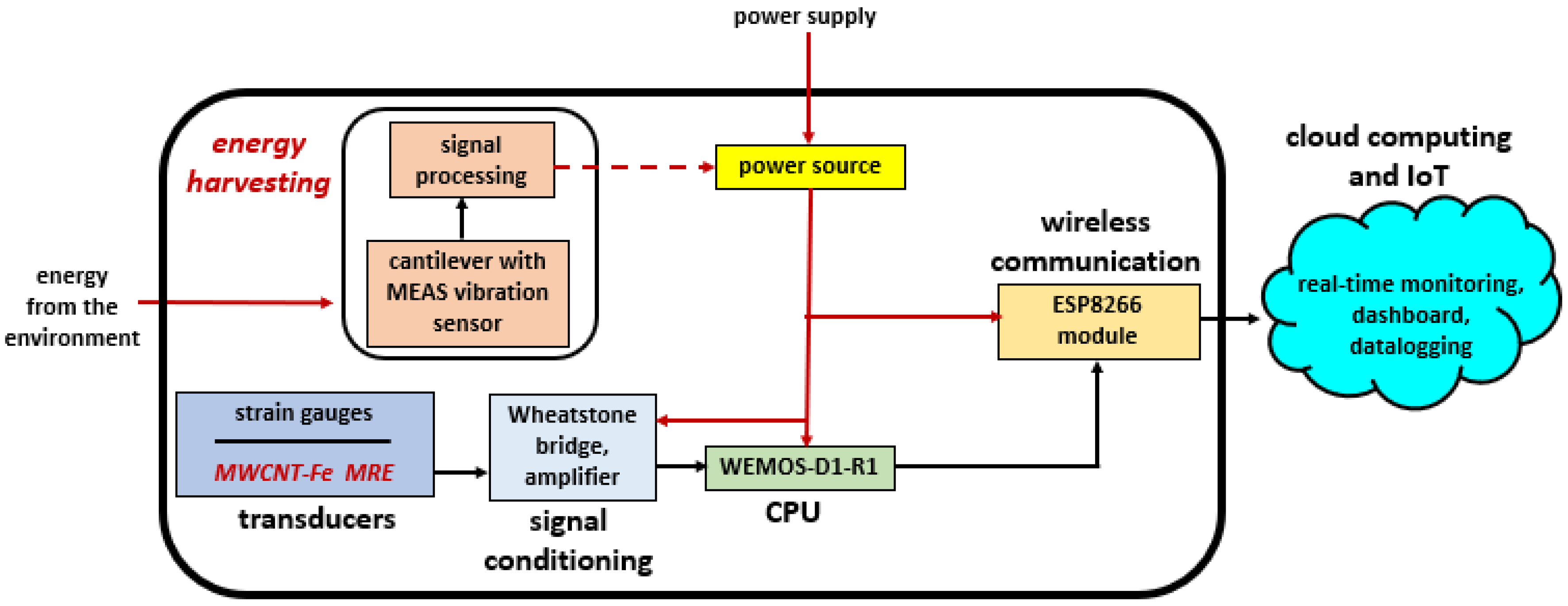
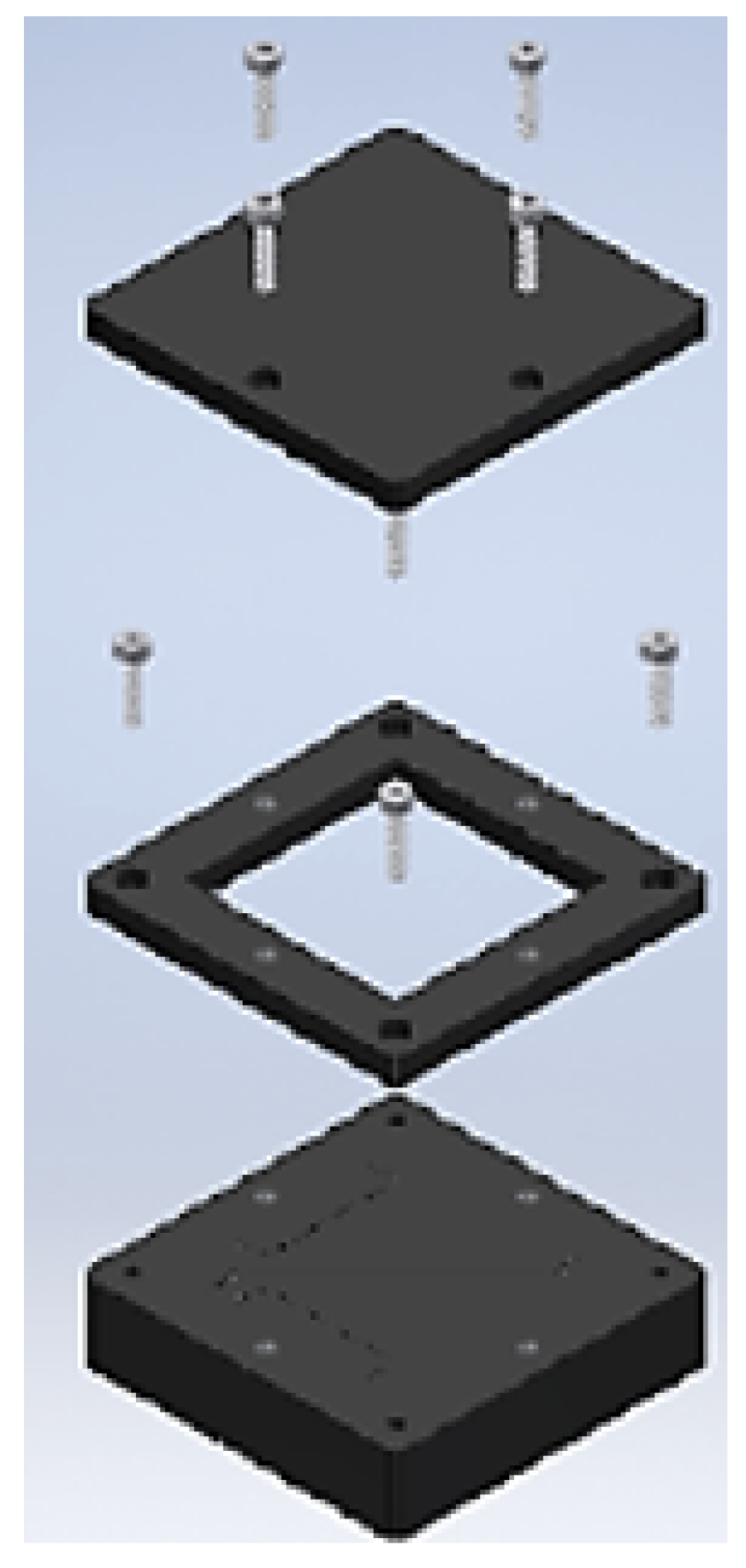


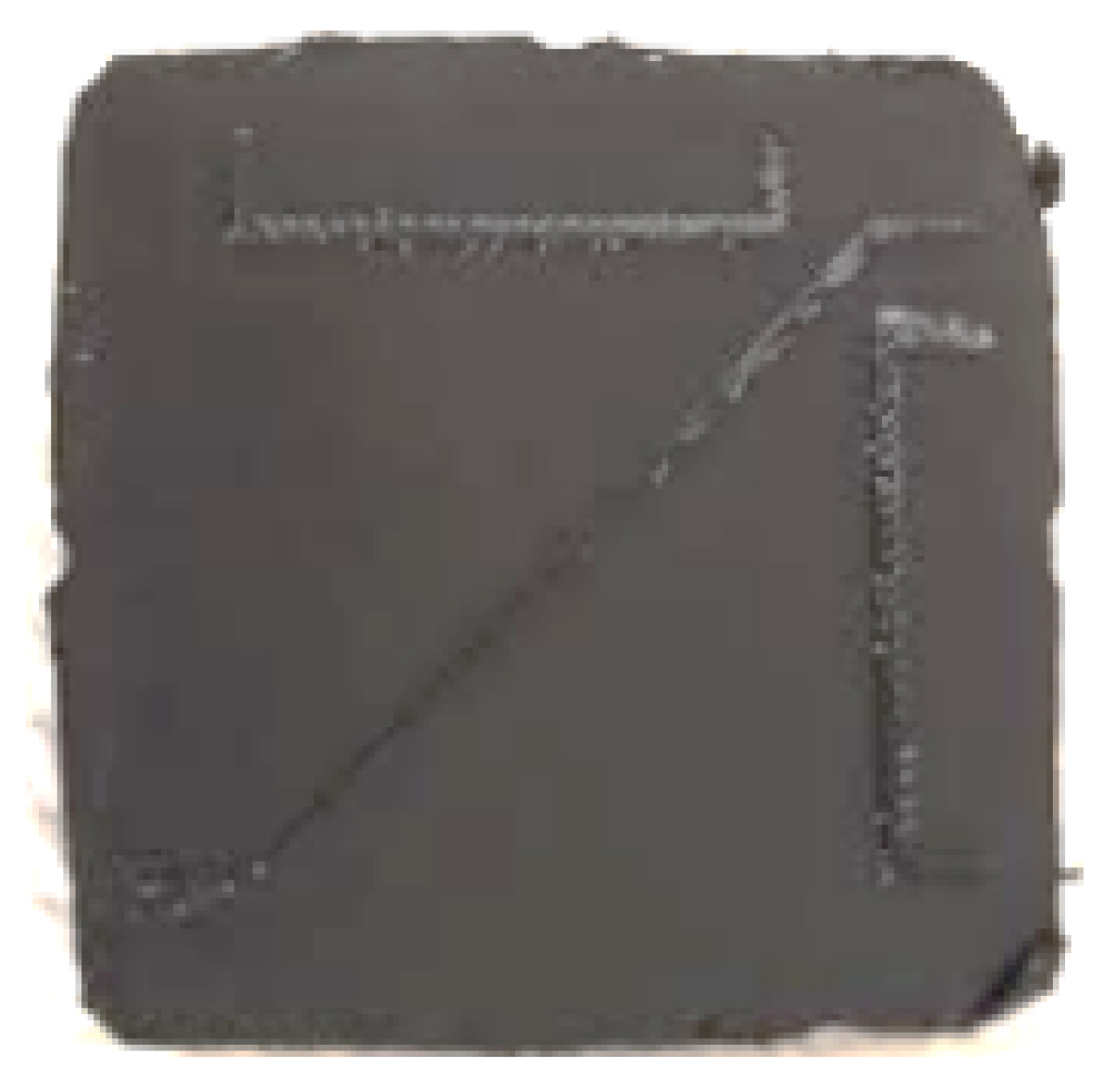

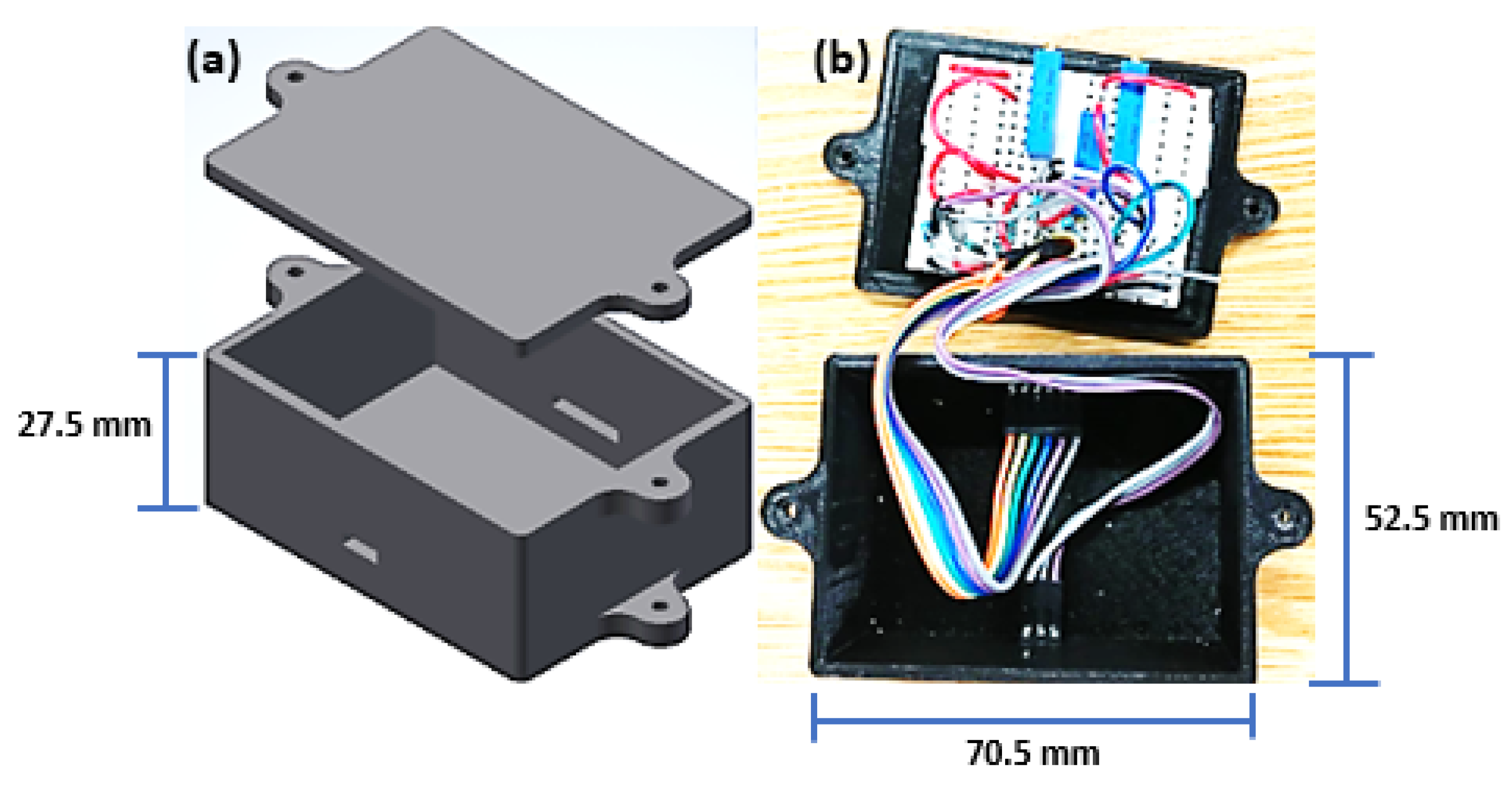
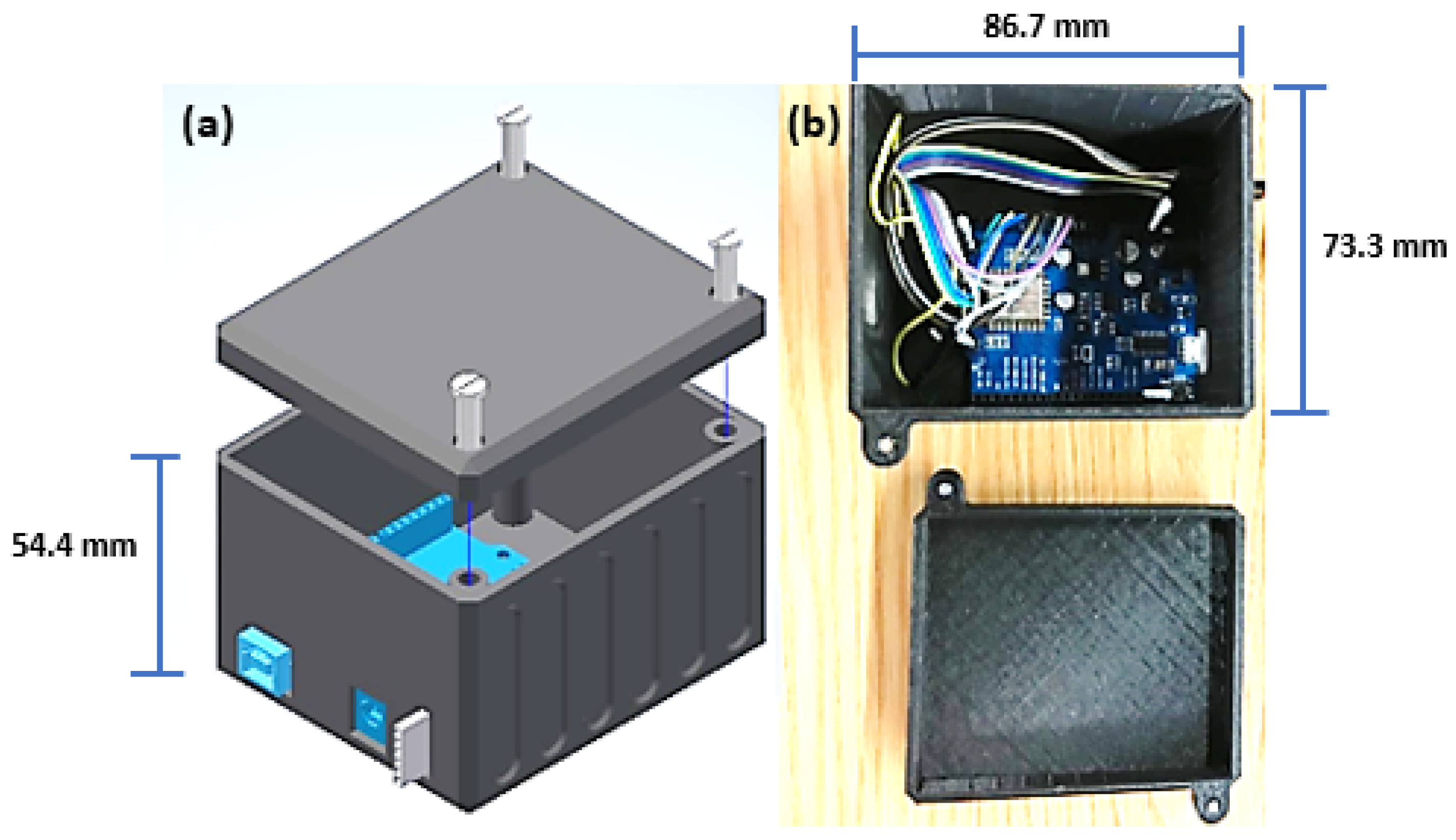

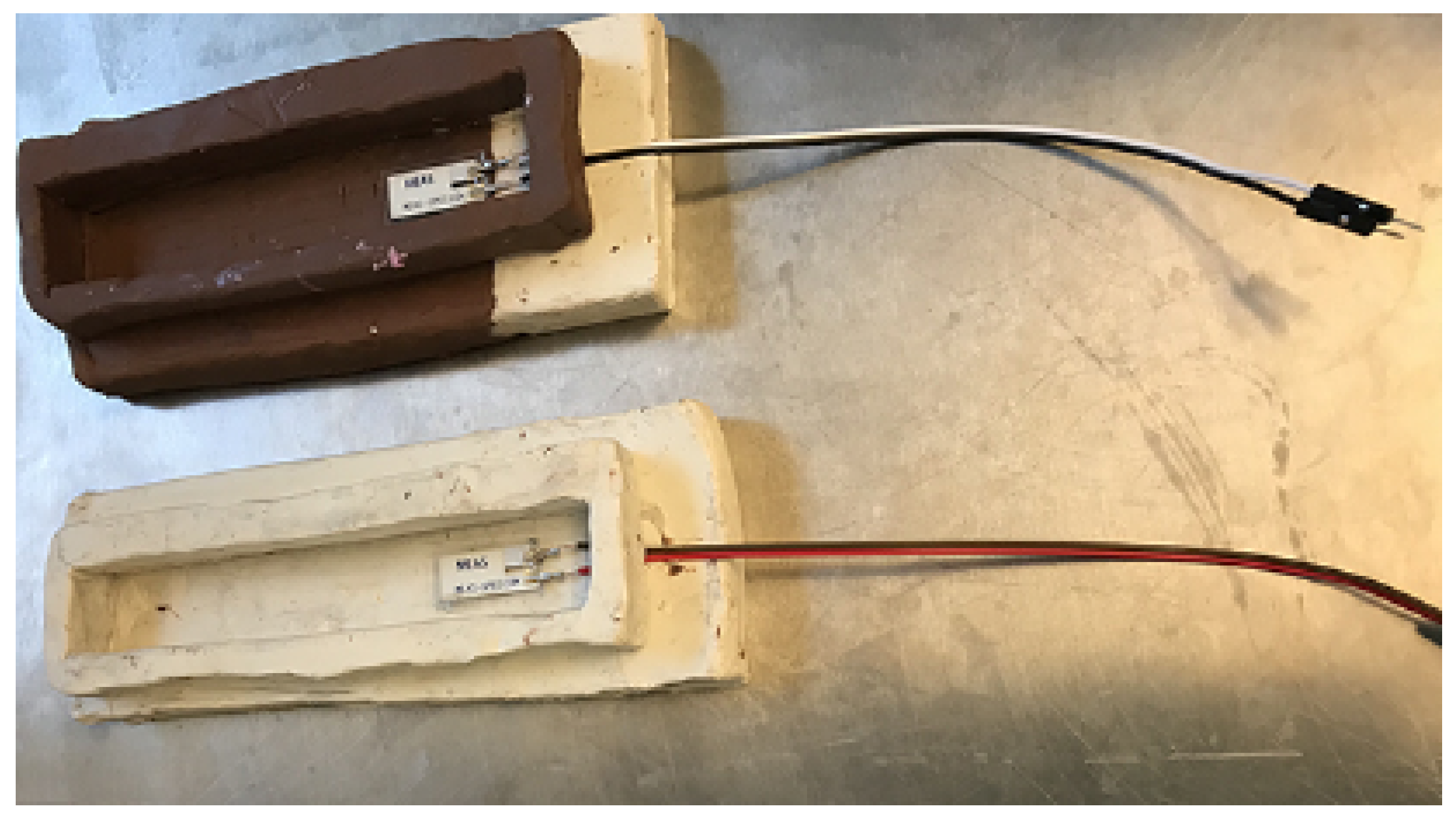

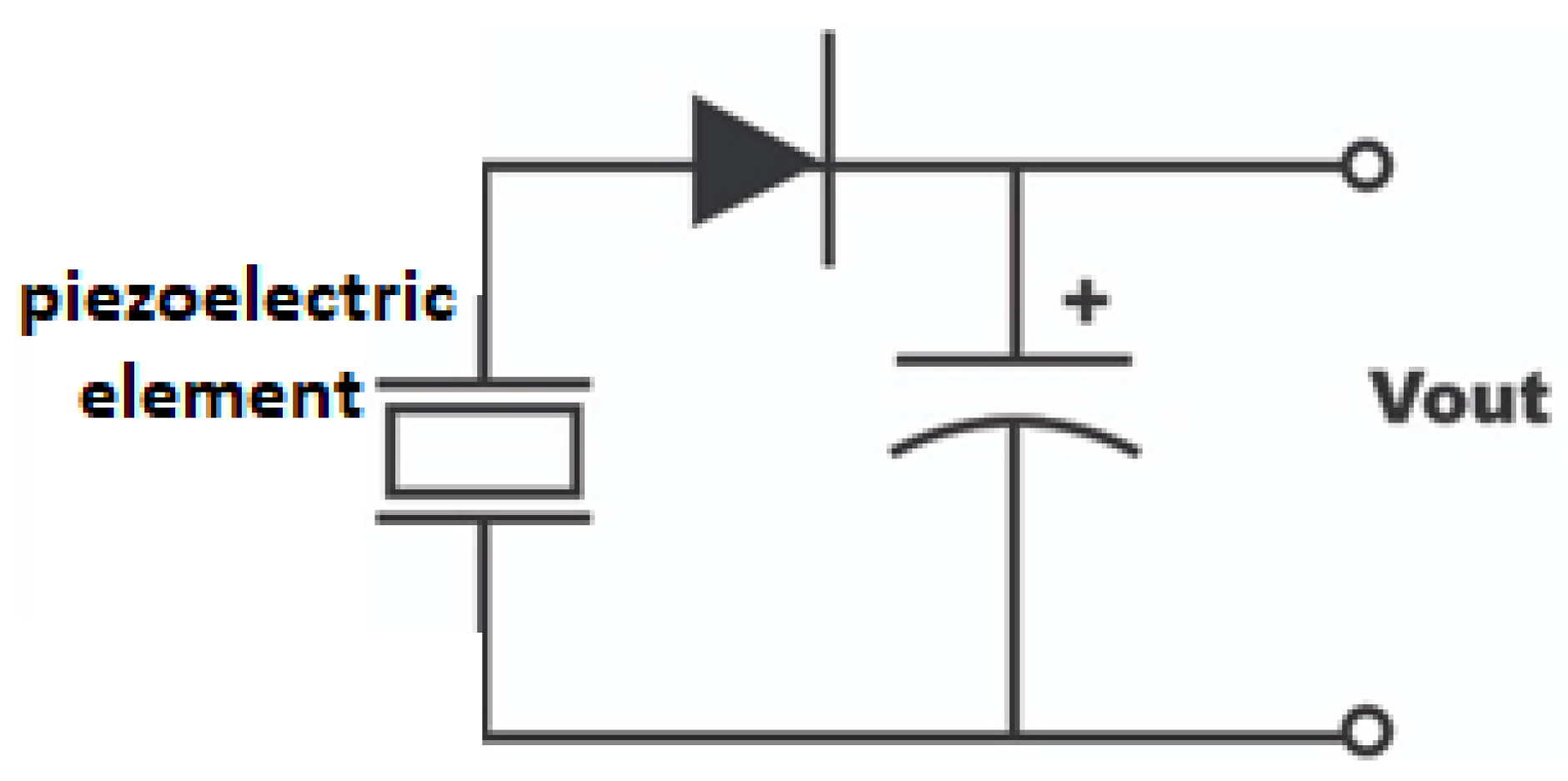

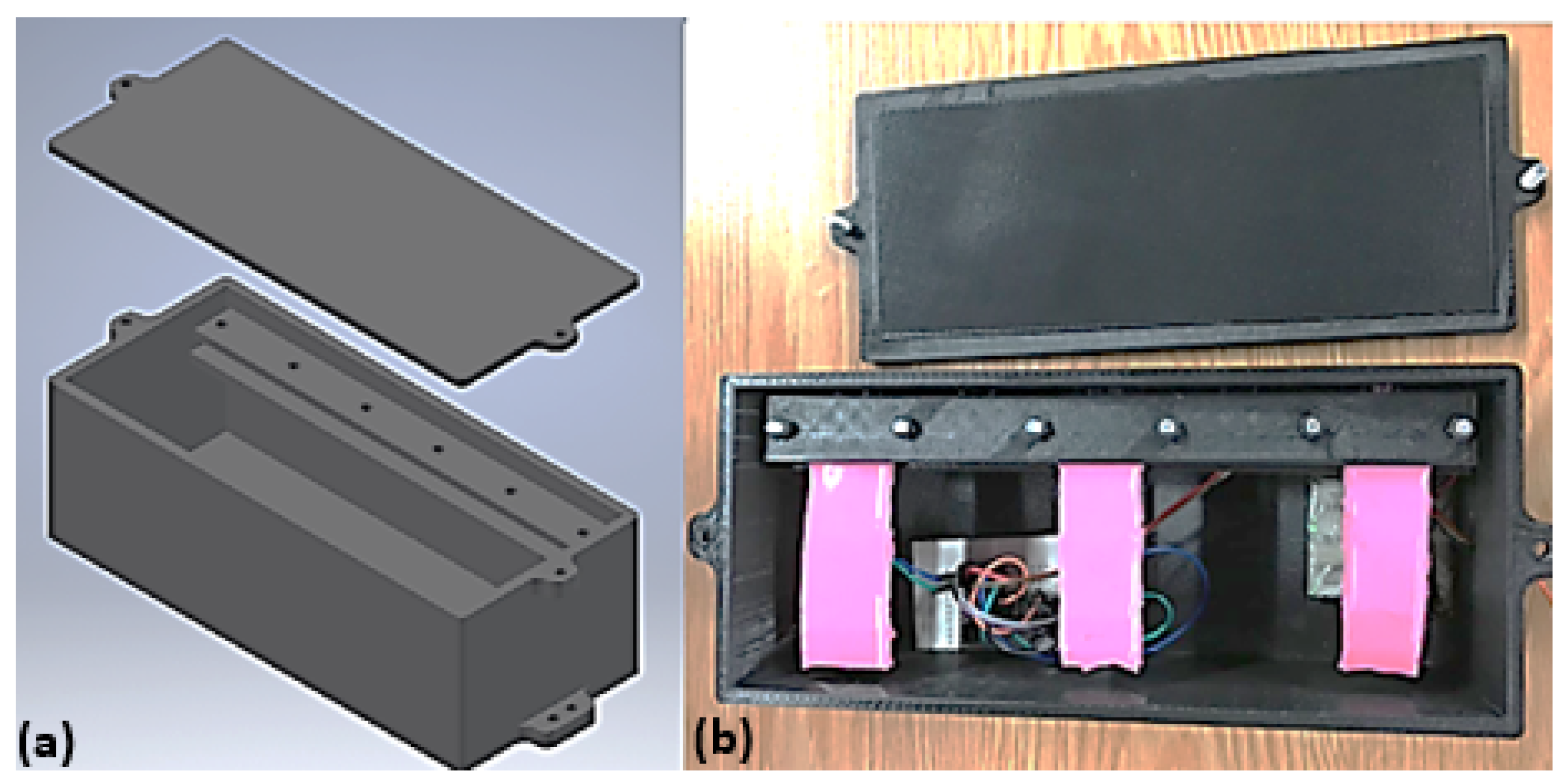


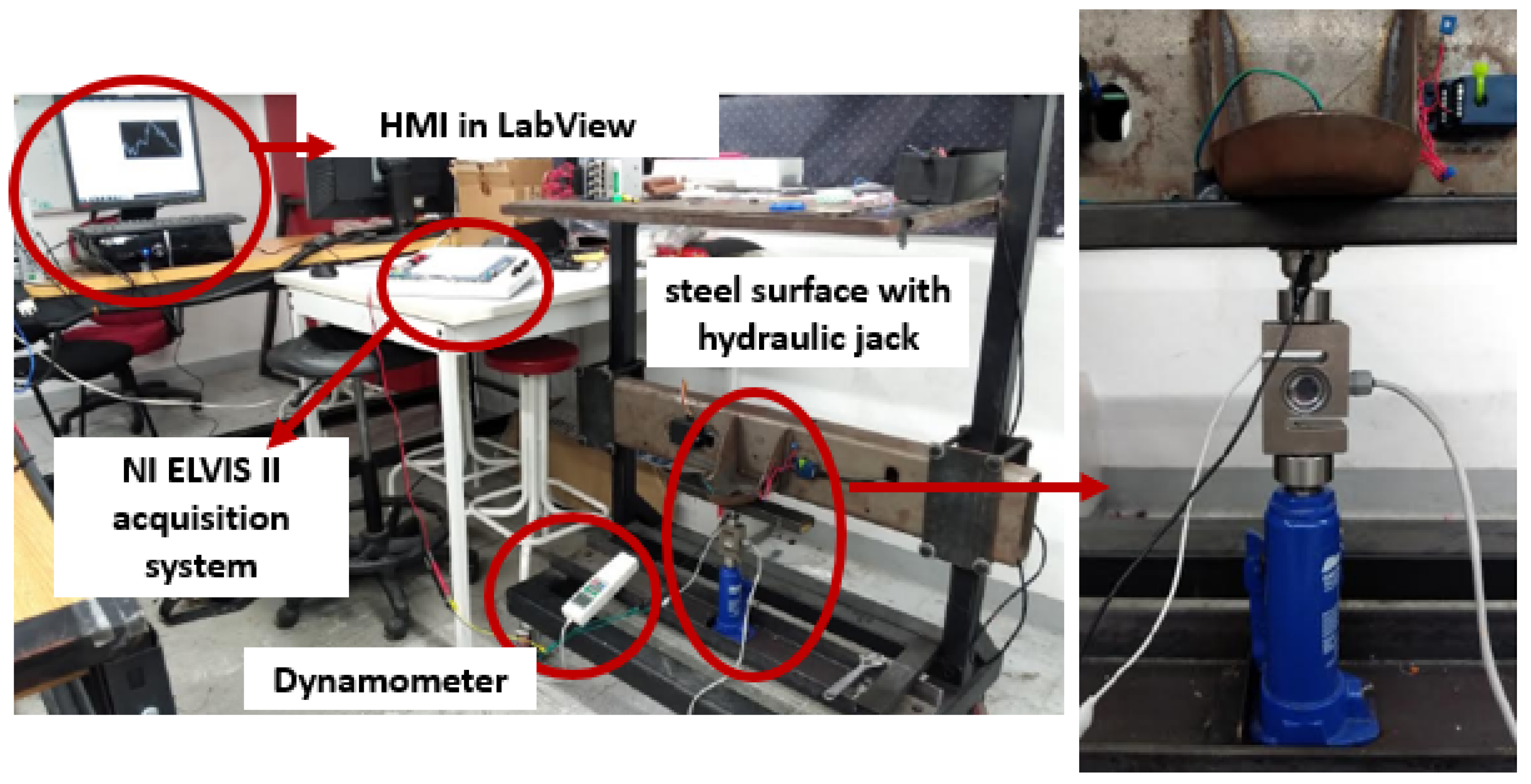
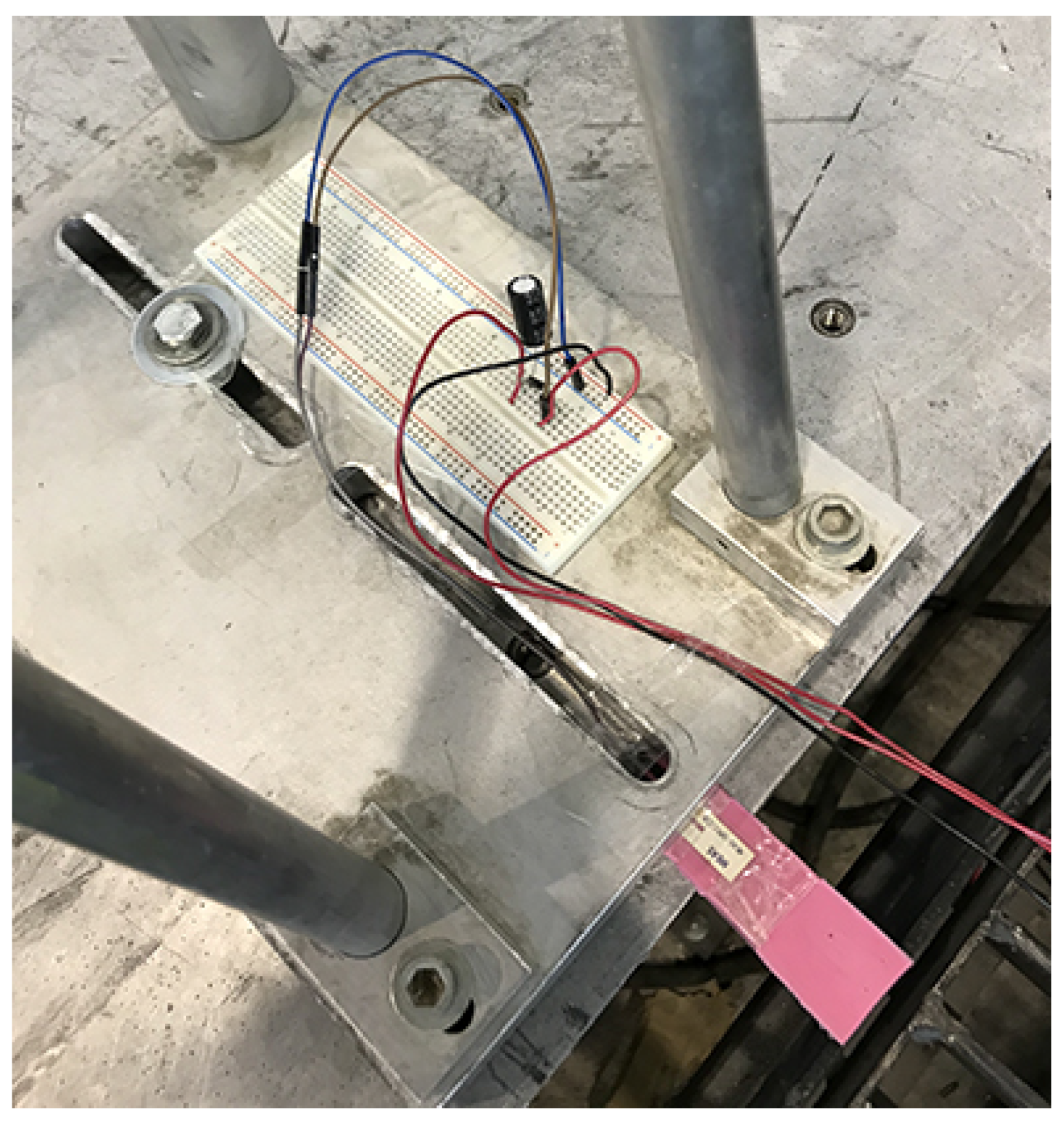
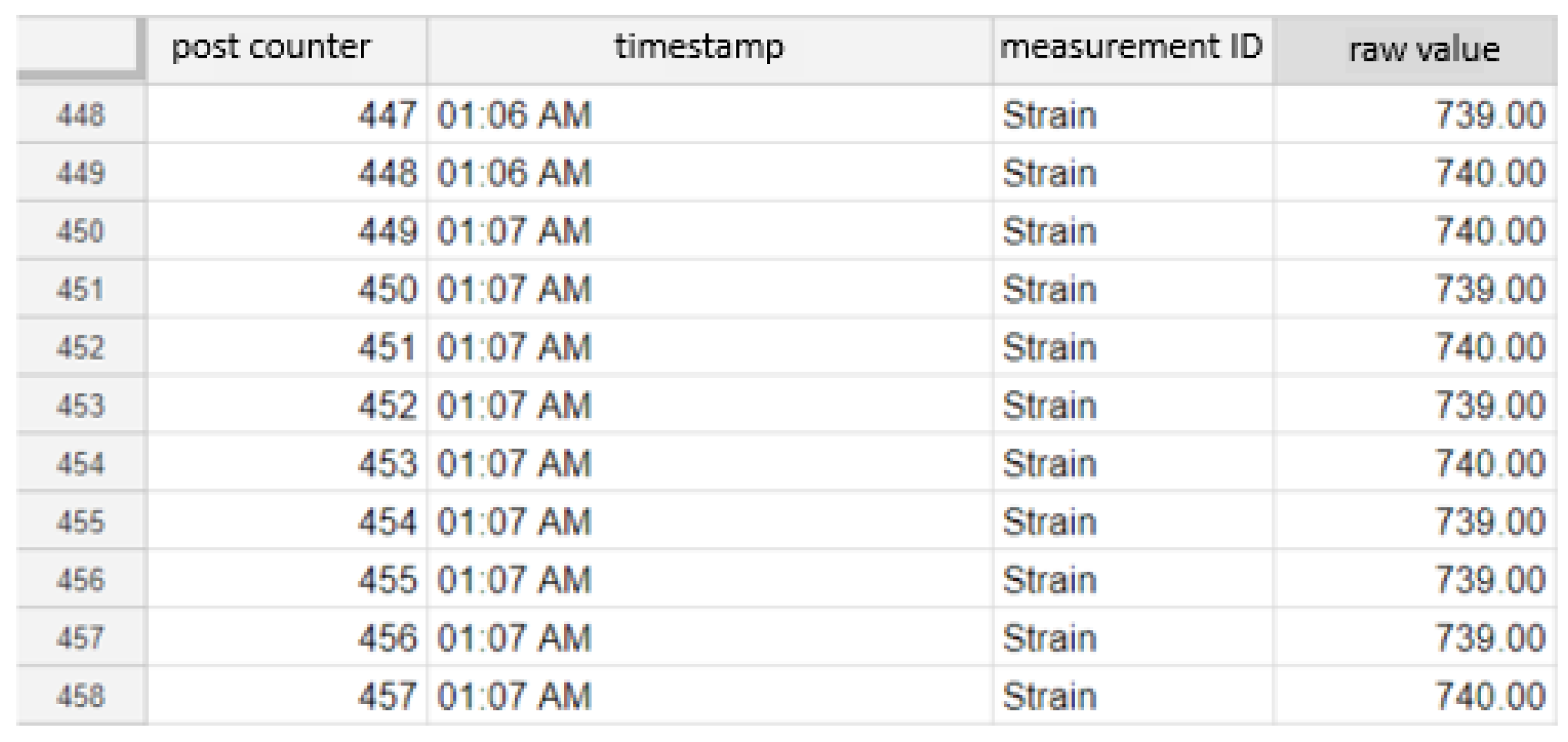
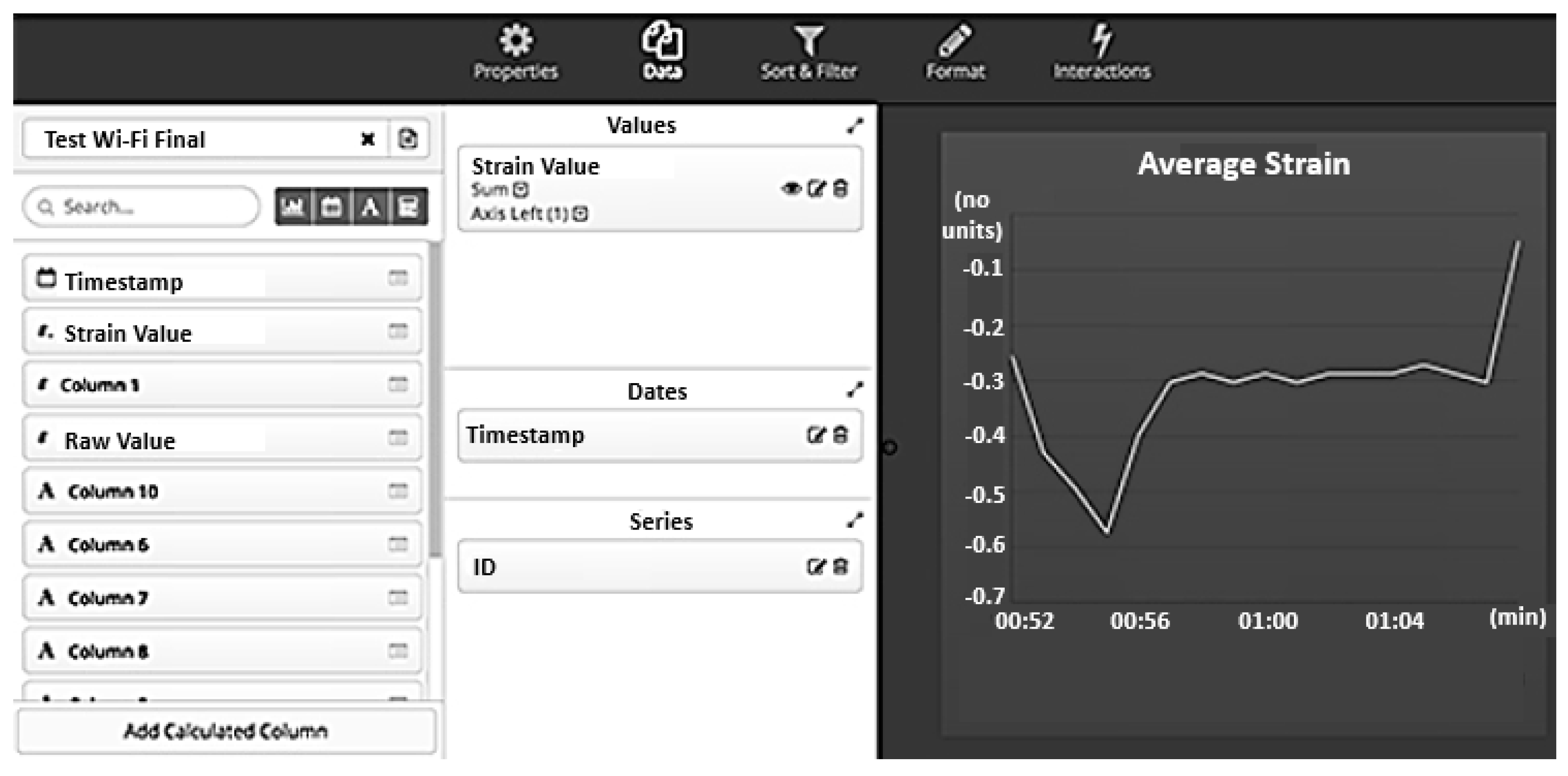
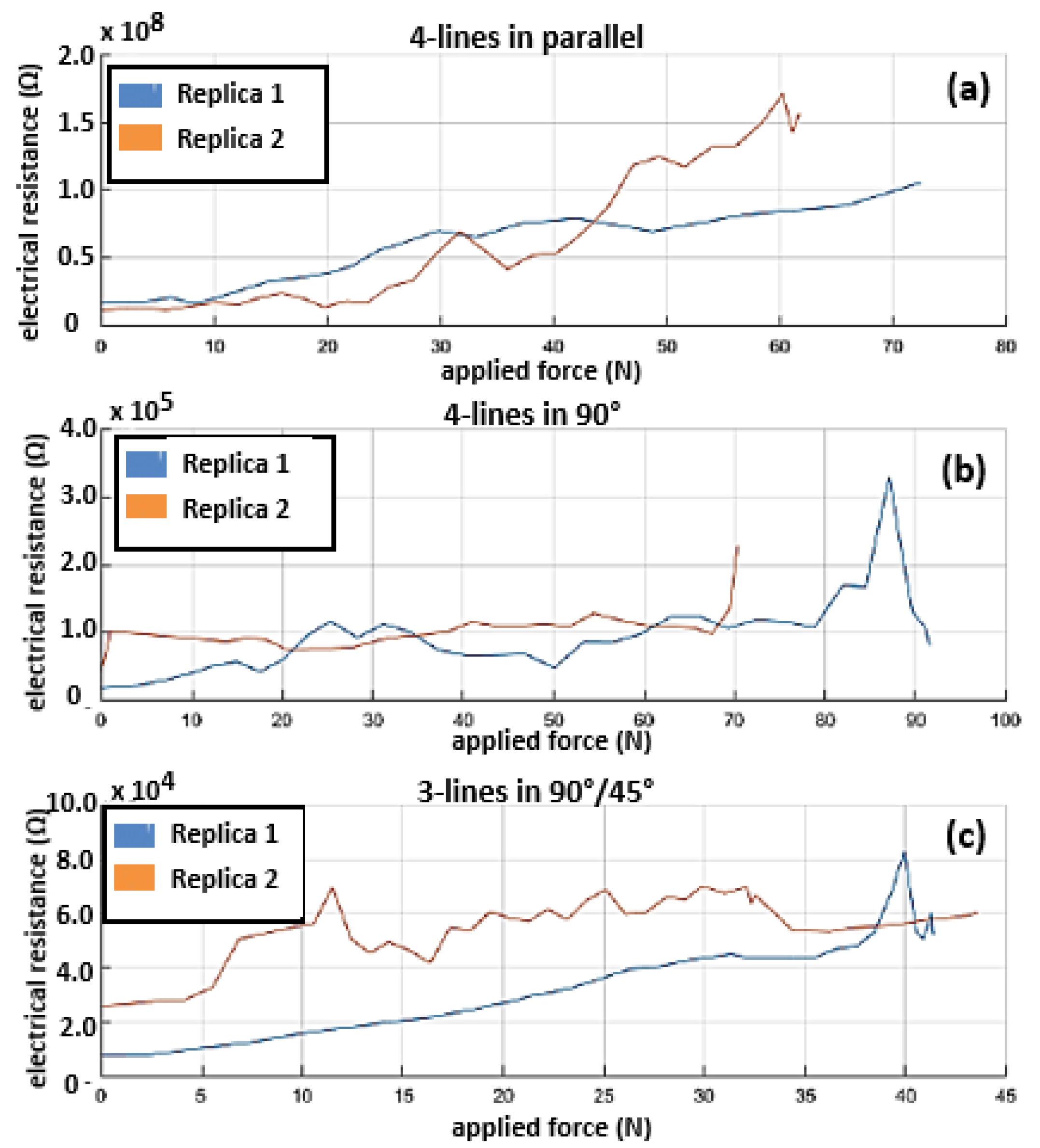


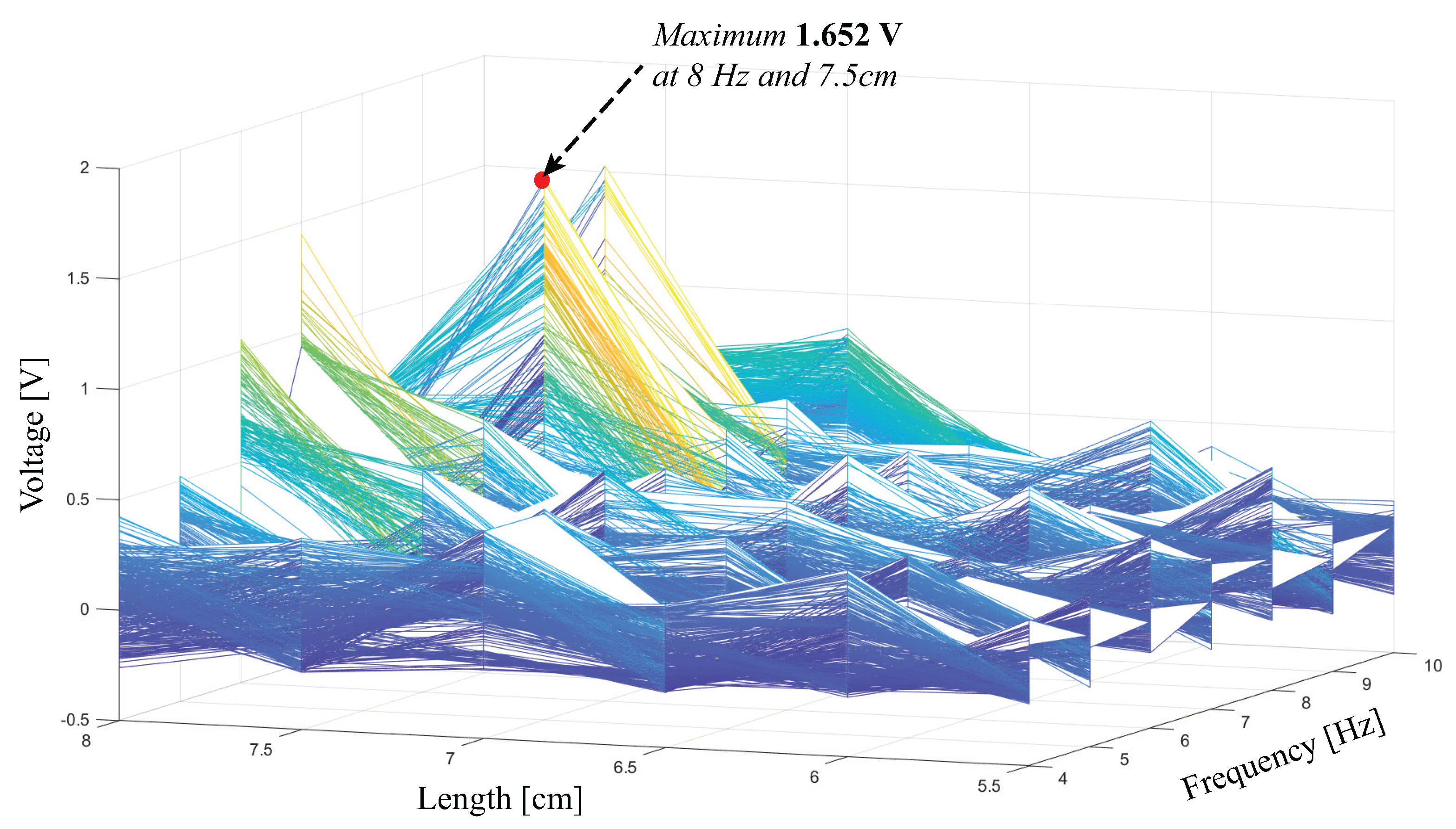

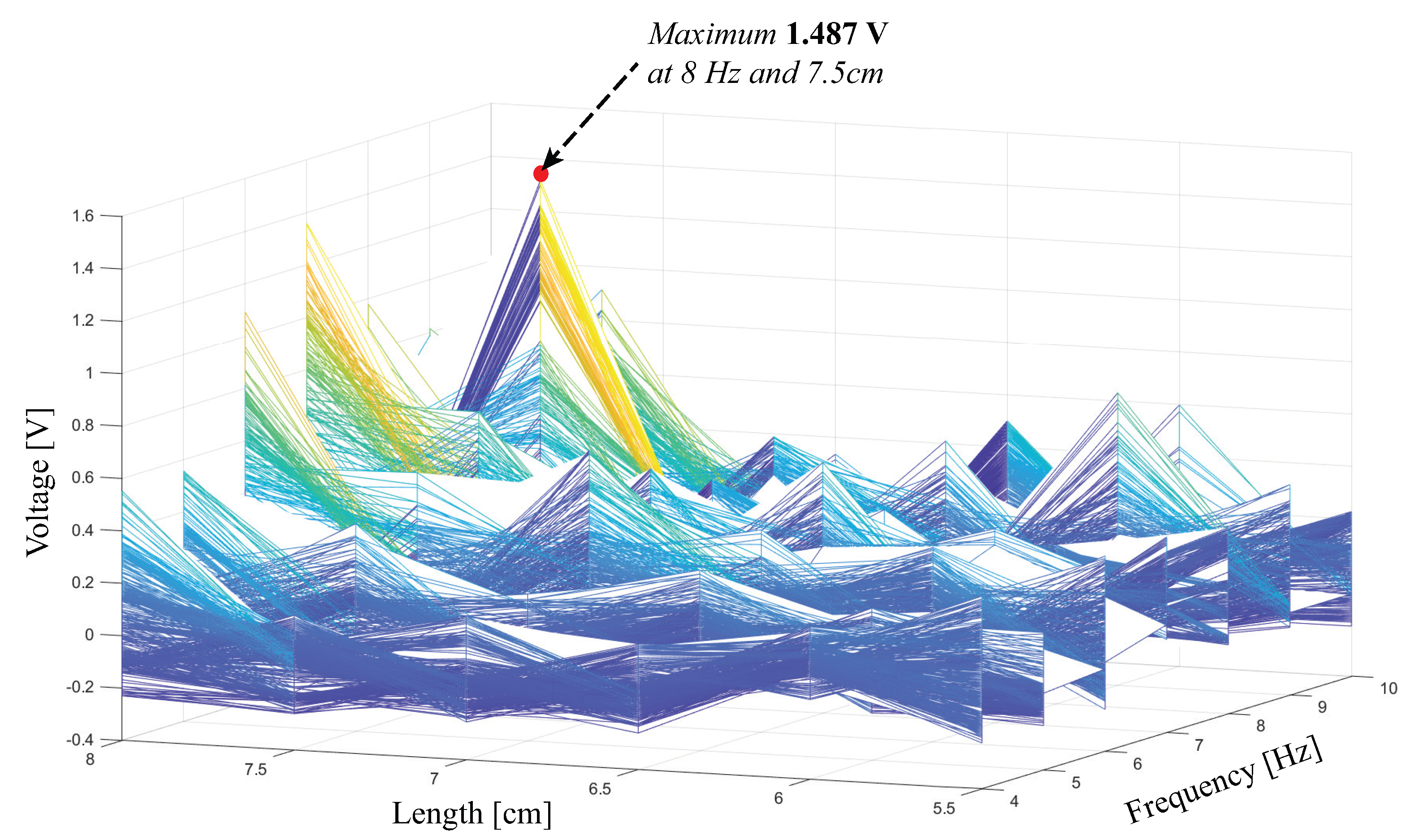

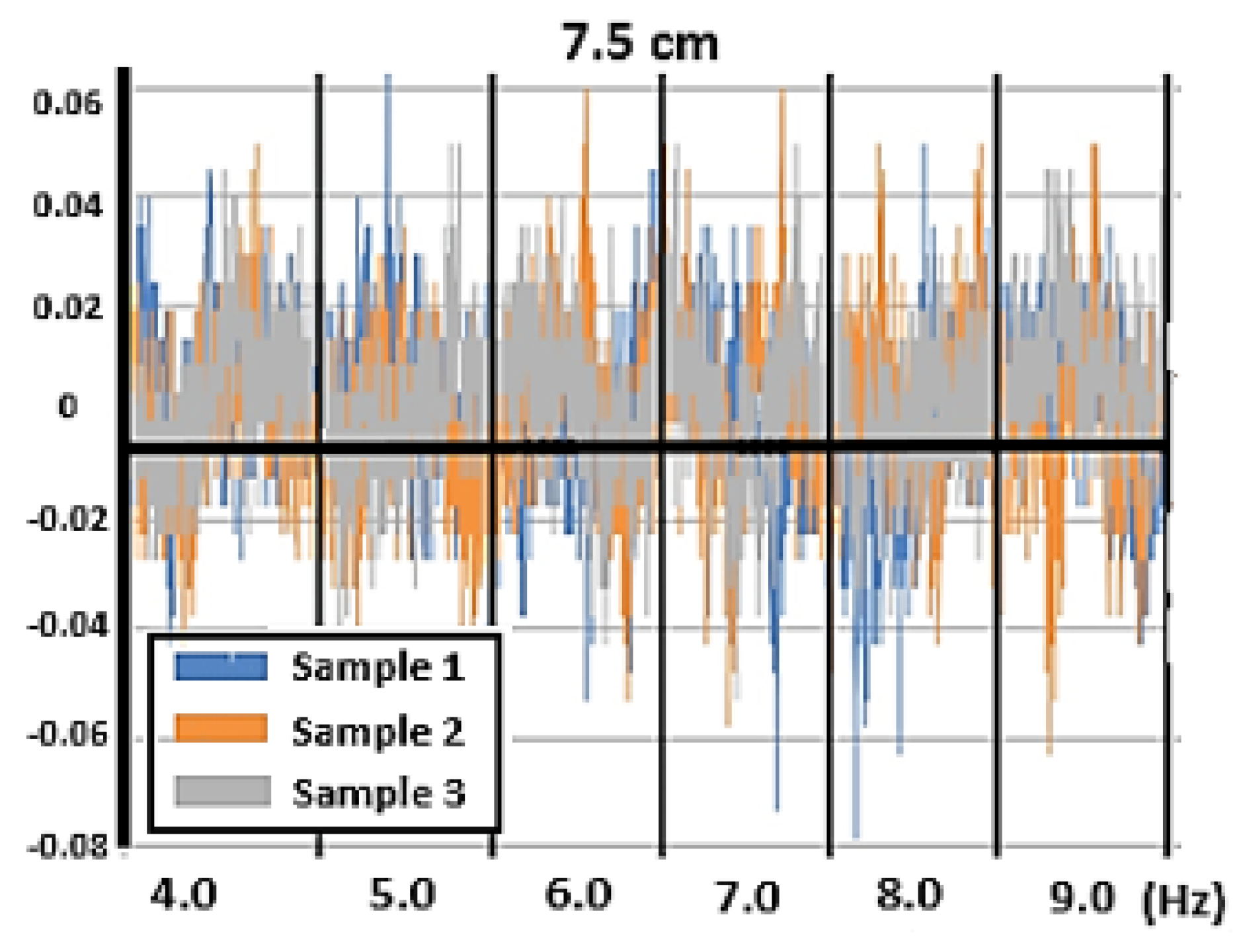

© 2020 by the authors. Licensee MDPI, Basel, Switzerland. This article is an open access article distributed under the terms and conditions of the Creative Commons Attribution (CC BY) license (http://creativecommons.org/licenses/by/4.0/).
Share and Cite
Lozoya-Santos, J.d.-J.; Félix-Herrán, L.C.; Tudón-Martínez, J.C.; Vargas-Martinez, A.; Ramirez-Mendoza, R.A. Design and Implementation of an IoT-Oriented Strain Smart Sensor with Exploratory Capabilities on Energy Harvesting and Magnetorheological Elastomer Transducers. Appl. Sci. 2020, 10, 4387. https://doi.org/10.3390/app10124387
Lozoya-Santos Jd-J, Félix-Herrán LC, Tudón-Martínez JC, Vargas-Martinez A, Ramirez-Mendoza RA. Design and Implementation of an IoT-Oriented Strain Smart Sensor with Exploratory Capabilities on Energy Harvesting and Magnetorheological Elastomer Transducers. Applied Sciences. 2020; 10(12):4387. https://doi.org/10.3390/app10124387
Chicago/Turabian StyleLozoya-Santos, Jorge de-J., L. C. Félix-Herrán, Juan C. Tudón-Martínez, Adriana Vargas-Martinez, and Ricardo A. Ramirez-Mendoza. 2020. "Design and Implementation of an IoT-Oriented Strain Smart Sensor with Exploratory Capabilities on Energy Harvesting and Magnetorheological Elastomer Transducers" Applied Sciences 10, no. 12: 4387. https://doi.org/10.3390/app10124387
APA StyleLozoya-Santos, J. d.-J., Félix-Herrán, L. C., Tudón-Martínez, J. C., Vargas-Martinez, A., & Ramirez-Mendoza, R. A. (2020). Design and Implementation of an IoT-Oriented Strain Smart Sensor with Exploratory Capabilities on Energy Harvesting and Magnetorheological Elastomer Transducers. Applied Sciences, 10(12), 4387. https://doi.org/10.3390/app10124387








